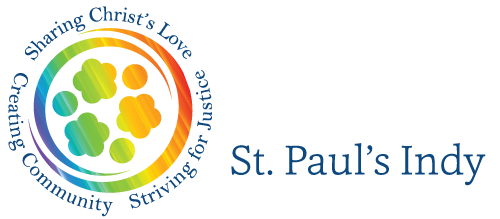The Middle Way
At the heart of Ann Patchett’s most recent novel, Tom Lake, is Lara, who, along with her husband and three young adult daughters, is quarantined on the family cherry tree farm in northern Michigan during the COVID-19 pandemic. They can’t visit their neighbors. The migrant workers who normally work the harvest are not coming. The family feels the weight of responsibility to harvest countless cherries from acres of trees and the heaviness of lives turned upside down by a new and mysterious virus.
To fill the time, the daughters press Lara to tell the story of her relationship decades before with an actor she met doing summer stock theatre at the fictional Tom Lake in Michigan. While she shares her memories, the family wrestles with the suffering of the present situation and their anxiety about the future. The pandemic. Climate change. Questions about family lineage and the long-term survival of the farm. At times, it feels as if all of this will overwhelm them. But through it all there are moments of grace, love, connection and beauty that transcend their memories and their struggles.
Patchett balances this mixture of strong emotions skillfully, keeping the story from becoming either too despairing or pollyannish. It’s Lara who articulates it. “It’s not that I’m unaware of the suffering and the soon-to-be-more suffering in the world,” she says, “it’s that I know the suffering exists beside wet grass and a bright blue sky recently scrubbed by rain. The beauty and the suffering are equally true.”
Though Patchett is not a religious person, these two sentences strike me as a very Anglican way of seeing the world. For centuries, Anglican Christianity has sought a middle way — via media to use the Latin phrase — between the poles that sit at each end of myriad spectrums. Celtic or Roman Christianity? Roman Catholic or Protestant? Traditional or innovative? Progressive or conservative? We almost always fall somewhere in the middle, seeking to find balance and harmony.
This approach can be a weakness if we seek superficial reconciliation between the poles and try to make everyone happy. Our message can become muddled, our purpose unclear. When we try to stand for everything, we stand for nothing.
But in a polarized society, the middle way can be a strength. It reminds us there are multiple ways to experience God and to act in the world. To live in the middle requires us to be in conversation with each other and with the larger community around us. We need to listen openly, humbly, and respectfully to differing perspectives. When the poles become extreme and threaten to tear us apart, the middle way holds together seemingly opposing perspectives and creates a generative balance.
The middle way invites us to affirm with Patchett that “[t]he beauty and the suffering are equally true.” Here, Anglican Christians say, is where we find Jesus. The Holy One who shows up in the midst of sorrow to reveal God’s joy, in the midst of pain and grief to offer healing and restoration, in the midst of injustice to show us the way of love, in the midst of isolation to invite us into community.
